Story and photos by Jonathan Sharp
A visit to the Lukas Hüni AG stand at Retromobile is one of the top highlights in a show full of many highlights. In 2017 the stand featured treasures from the Bentley and Bugatti. In 2018 it was the Ferrari 250 series, Last year it was Lancia, with an amazing multi colored line up of Stratos. As 2020 is the 110th birthday of Alfa Romeo it was not surprising that they were the chosen marque, and boy what a line up it was, as you can see from the following shots.
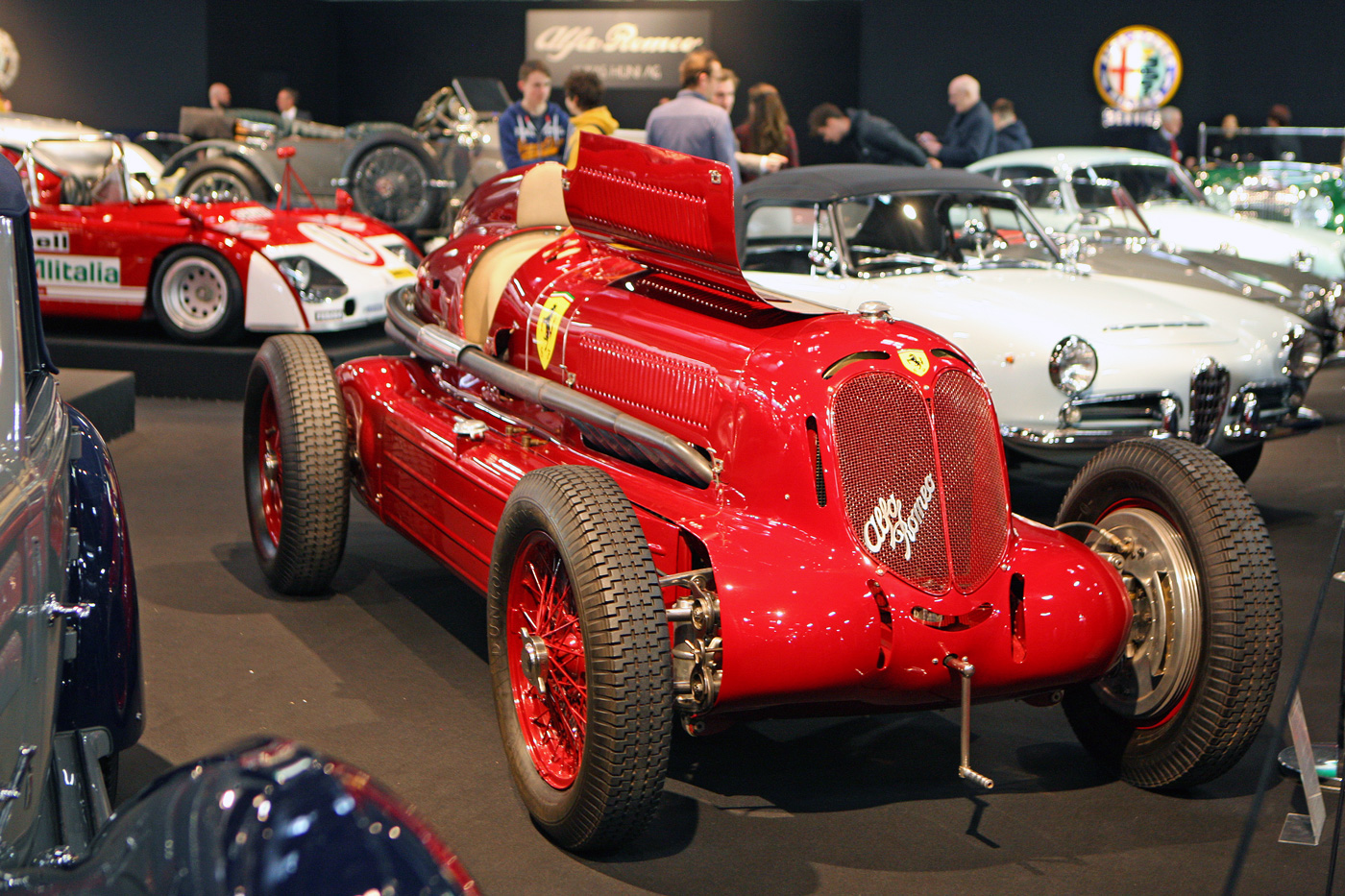
The idea of building an Alfa Romeo with two separate engines was first discussed during a meeting that Enzo Ferrari held with his closest advisers on the 16th December 1934 to determine how to compete with the superior performance of the German cars. Vittorio Jano was already working on a new car but it was still a long way from being ready. During the meeting Luigi Bazzi told his colleagues of an old idea that could just work. “Fit the P3 with two engines”. Ferrari agreed that it might just work. But it would not be like the earlier Tipo A effort, a Monza with two 6C 1750 engines placed side by side up front. No, this one would use two 3165 cc eight cylinder P3 engines, one in front and the other in the rear.

Once approval had come from Alfa Romeo Bazzi set to work. Under the direction of work shop chief Stefano Meazza, the Scuderia’s 50 men worked day and night for three months on the project. On the 4th April 1935 the Bimotor was ready. Shipped into the countryside with Marinoni at the wheel, the Bimotor went back and forth along the narrow tree lined road between Formigine and Maranello at speeds of up to 179 mph. Six days later the car was introduced to the world. Now with Nuvolari at the wheel on the Brescia to Bergamo highway, the Bimotor hit a top speed of 210 mph.
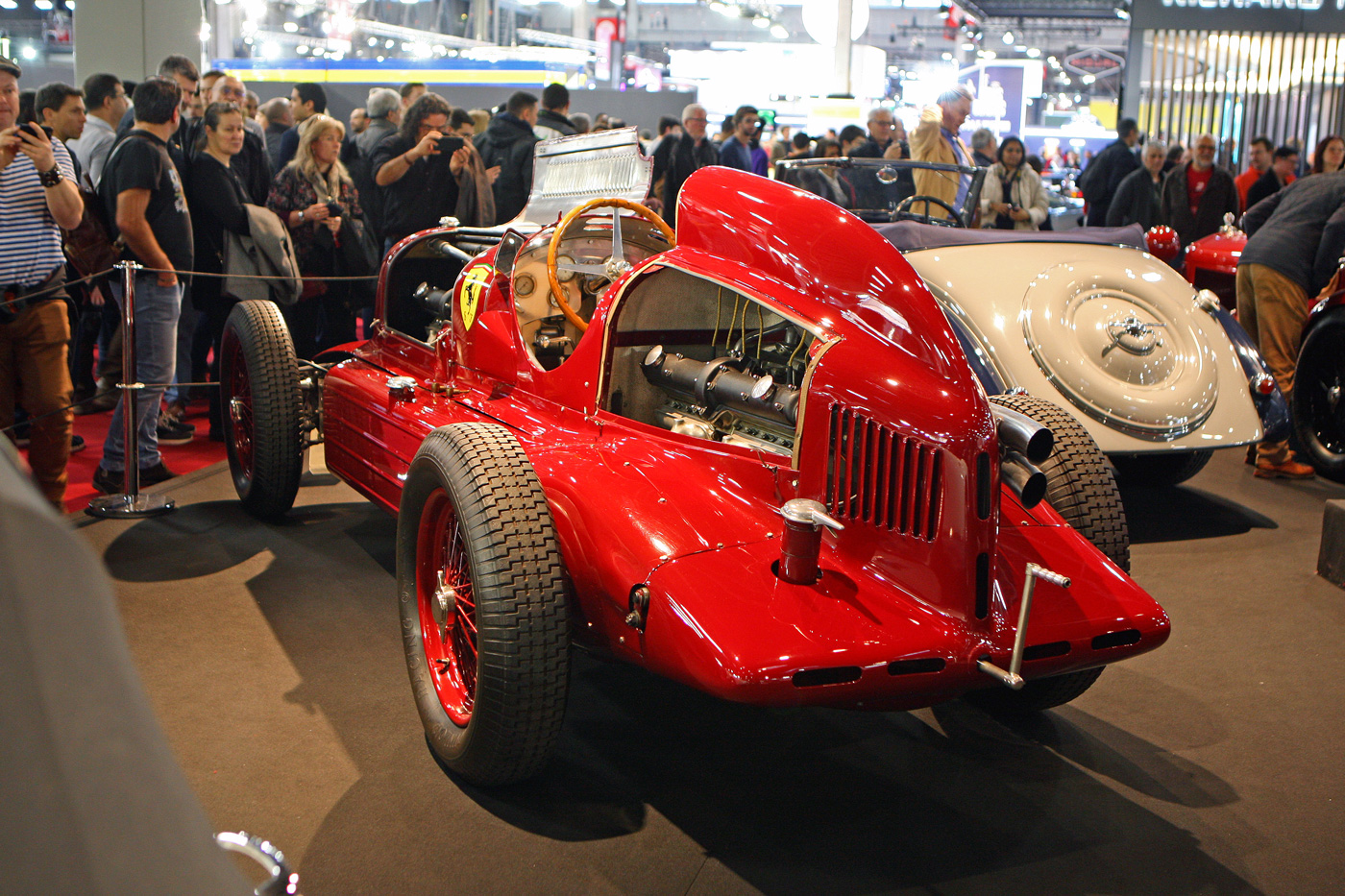
Alas it was all to no avail. With 540 bhp, the Bimotor was far more powerful than the German cars but had a ferocious appetite for rear tyres and fuel. Any gain on the straights was lost in the extra tyre and fuel stops. Of the three races entered, Comotti managed only fourth in Tunis, with Nuvolari taking the same spot in Tripoli. At the Avus-Rennen, Chiron finished second, mainly due to fragility of the still new German cars. Thus ended the racing career of the Bimotor. But on the morning of Saturday the 15th of June, on the highway connecting Florence with the sea, Nuvolari broke the flying kilometer and mile class record held by Stuck with speeds of 199.7 mph, and 200.7 mph respectively.
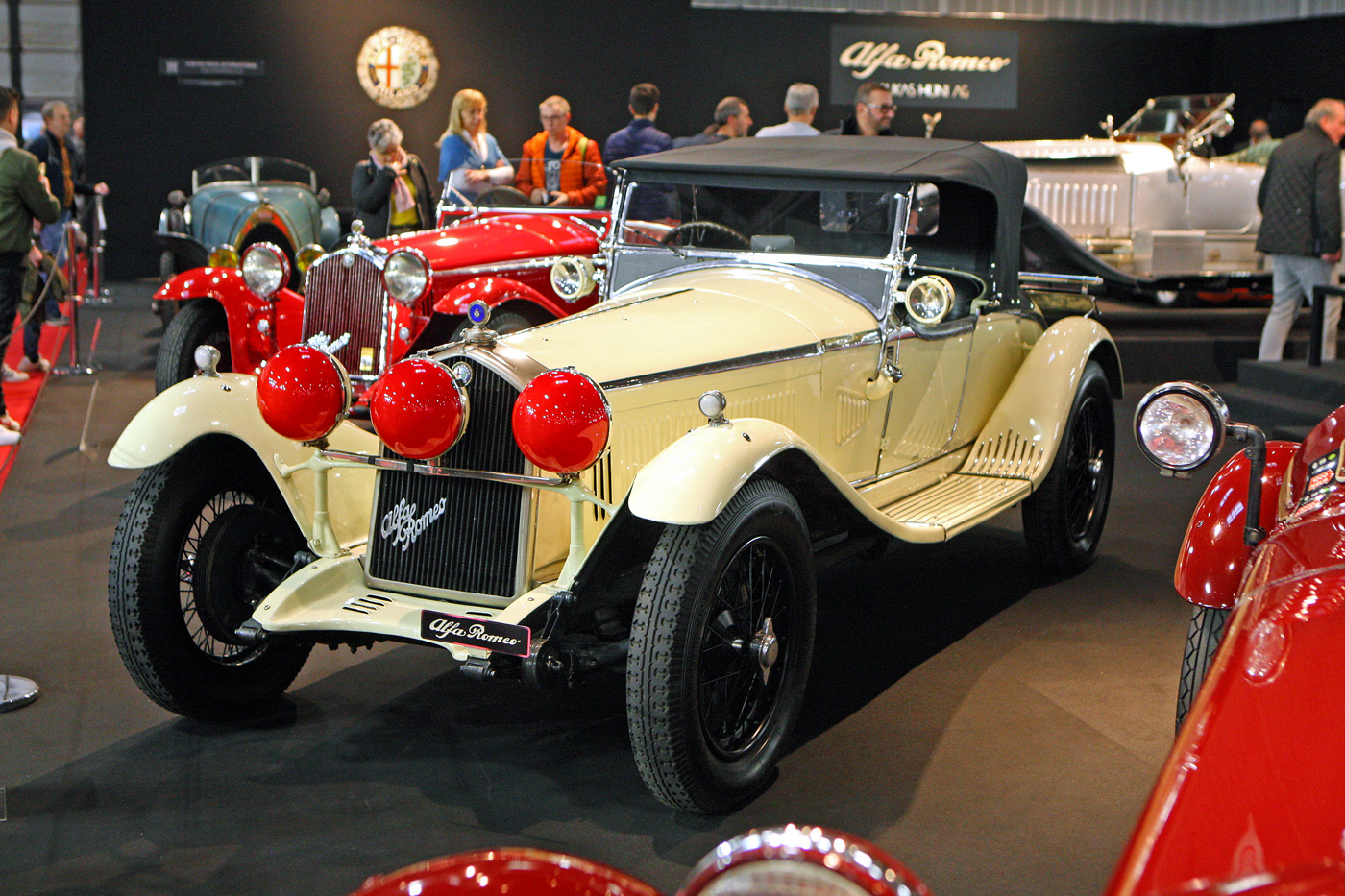
In outstanding and highly original condition, this 1930 Alfa Romeo 6C 1750 Grand Sport Zagato Spider chassis 8513039, resided in the Rome area until 1960. At one time it was registered to the Comitato Olimpico Nazionale Italiano Roma. It was also owned for many years by arch enthusiast Francesco Santovetti. Santovetti then sold 8513039 to his close friend Tito Anselmi who later sold it to the Pozzoni family. 8513039 has been part of a Swiss collection since the 1980s.
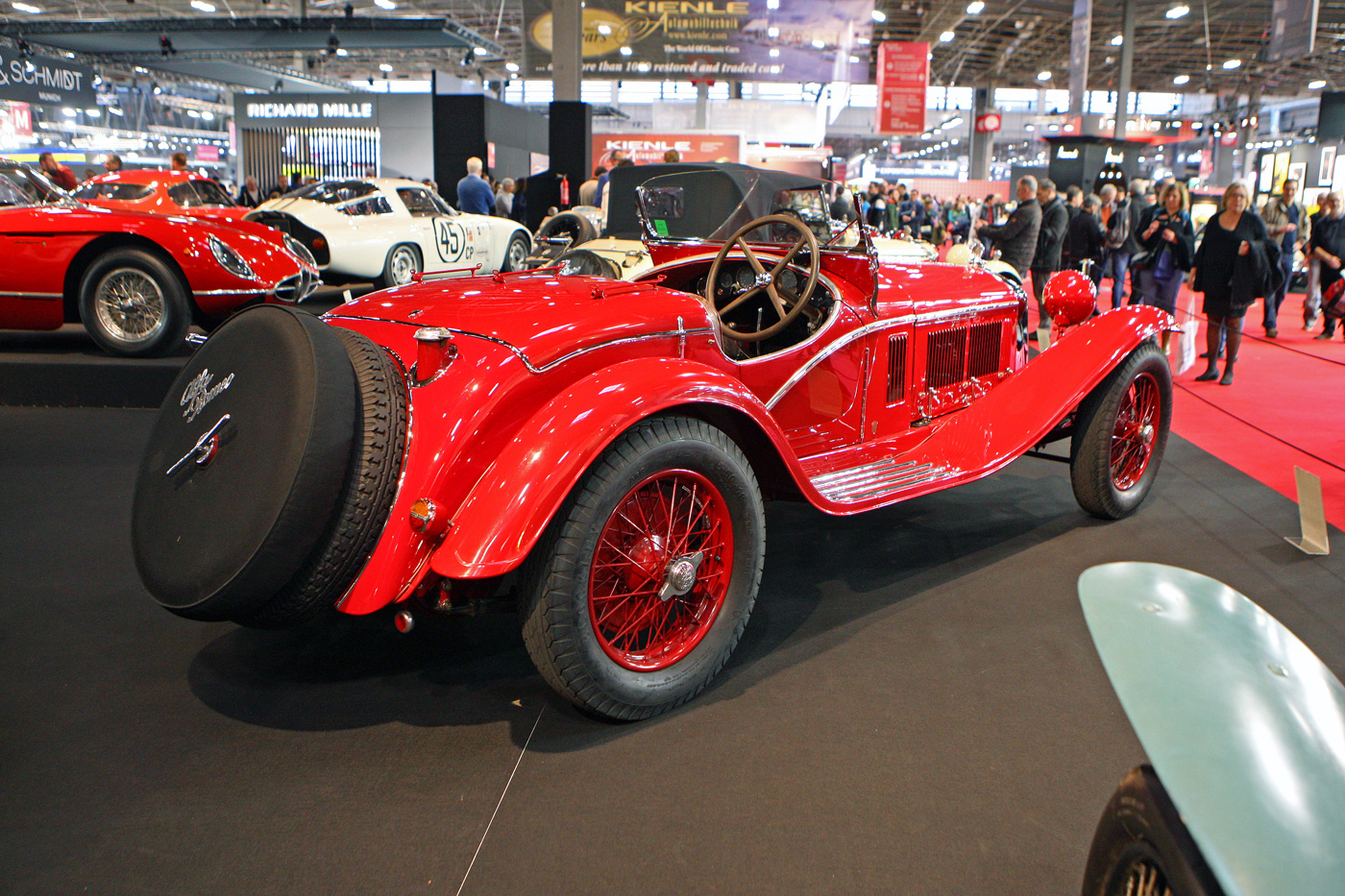
One of just three surviving original 6C 1750 Grand Sport 5th Series Brianza Spiders, chassis 10814395 was driven by an amateur racing driver in the 1930s. After many years in India and Ceylon, the Brianza arrived in England in 1953 having been purchased by Arthur Finch of York, who used it in various historic meetings until his death in 1982. During the 1990s the car found a home in an aristocratic German collection before joining a Swiss collection in 2003.
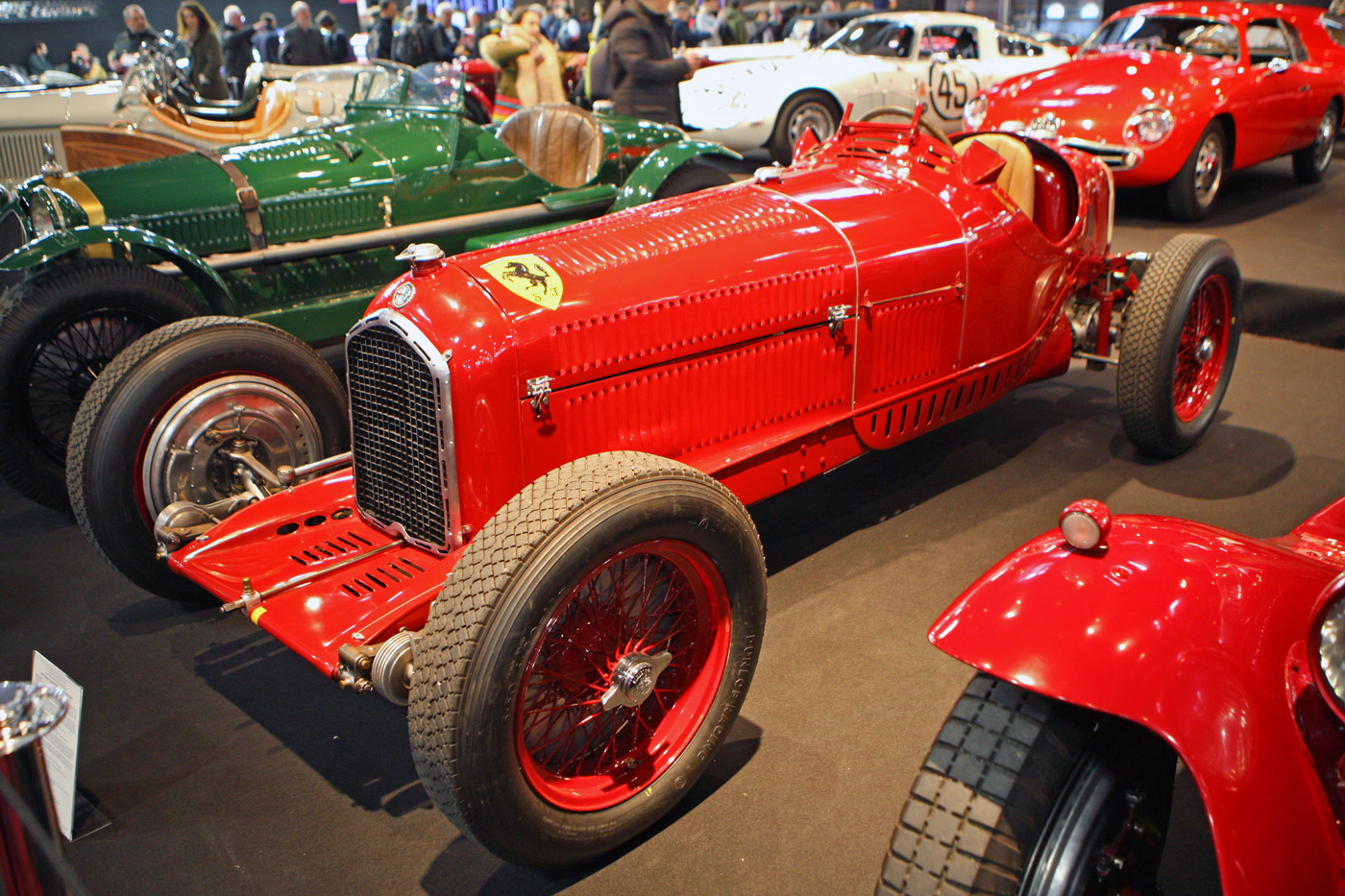
This first series 1932 P3, chassis 5006, is one of four built with the narrow body and exposed chassis and is one of only two survivors. An ex-Alfa Romeo/Scuderia Ferrari car, it is believed that 5006 was Guy Moll’s 1934 Grand Prix Monaco winner, and is also believed to have been campaigned during that season by Varzi. In 1935 5006 was raced successfully by “Raph” (Count George Raphaël Béthenod de Montbressieux). It was Antony Powys-Lybbe’s mount during the 1940s, during the 1950s by Bill Summers and John Vessey, in the 1960s by Neil Corner and from 2005 by Peter Giddings. In 2017 in the hands of Christian Glaesel, 5006 won the Varzi trophy at the Goodwood members meeting.
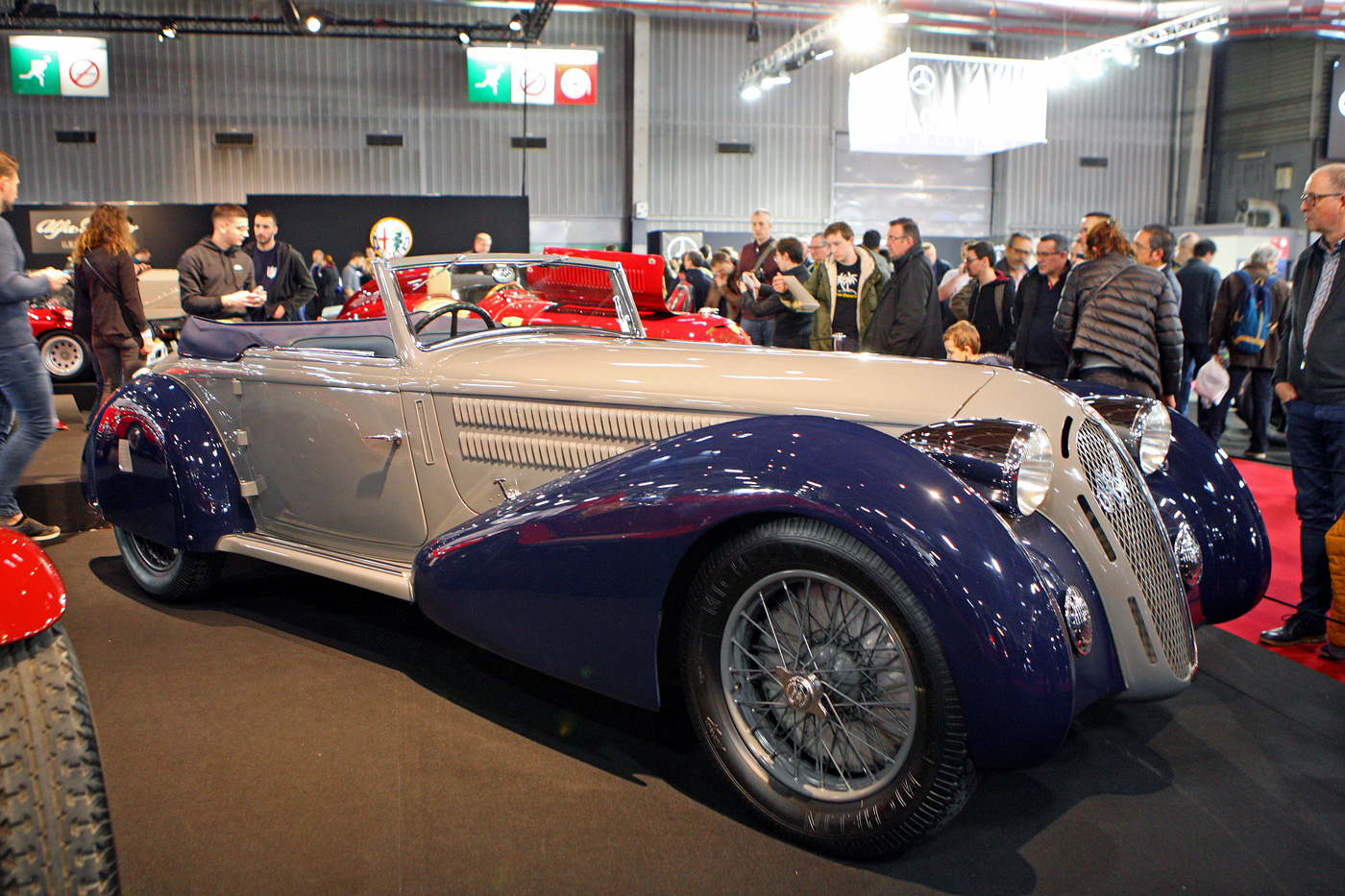
This Alfa Romeo 8C2300 Long Chassis Pinin Farina Cabriolet chassis 2211075 dates from 1933. 8C authority Simon Moore, having studied the coachwork extensively, believes that the bodywork was modified in the late 1930s to give a more streamlined look. The early history of the car is not known but is fully documented from 1949 when Louis Pierre Jean Leinns, a diplomat for the United Nations registered the car on Geneva number plates GE22627.
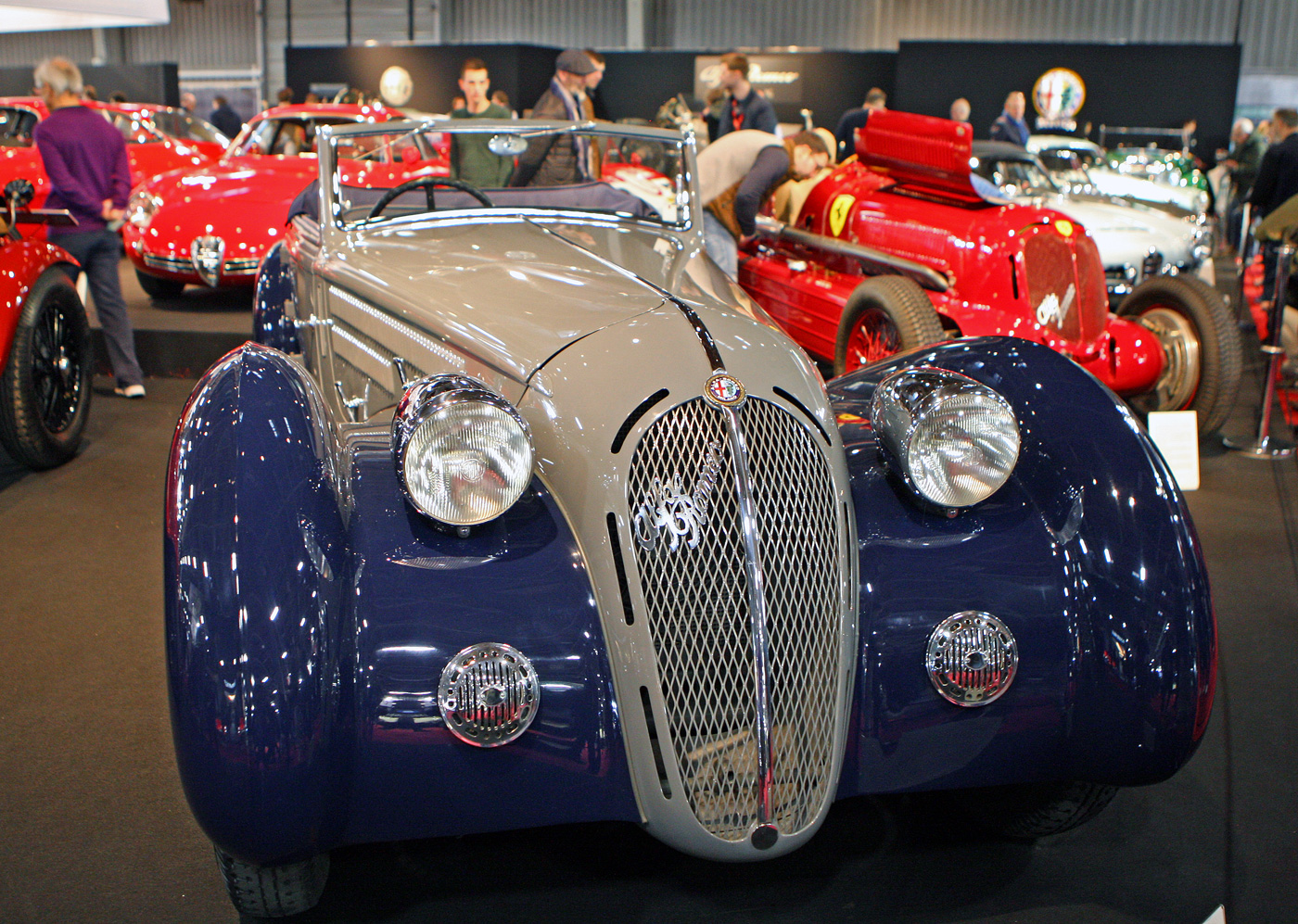
By 1955 the 8C had passed through the hands of English broker Nobby Spero into the care of Ken Eckersley of Farnham in Surrey, a keen member of the VSCC and the Bugatti Owners Club. Ken was just 21 when he took his wife on honeymoon to Cornwall in the 8C but had to cut short the trip as having spent £100 on the car, they rang out of money spending their last few shillings on petrol. They retained the 8C until Ken’s death in 1998. Since 1999 the car has formed part of an important Italian collection.
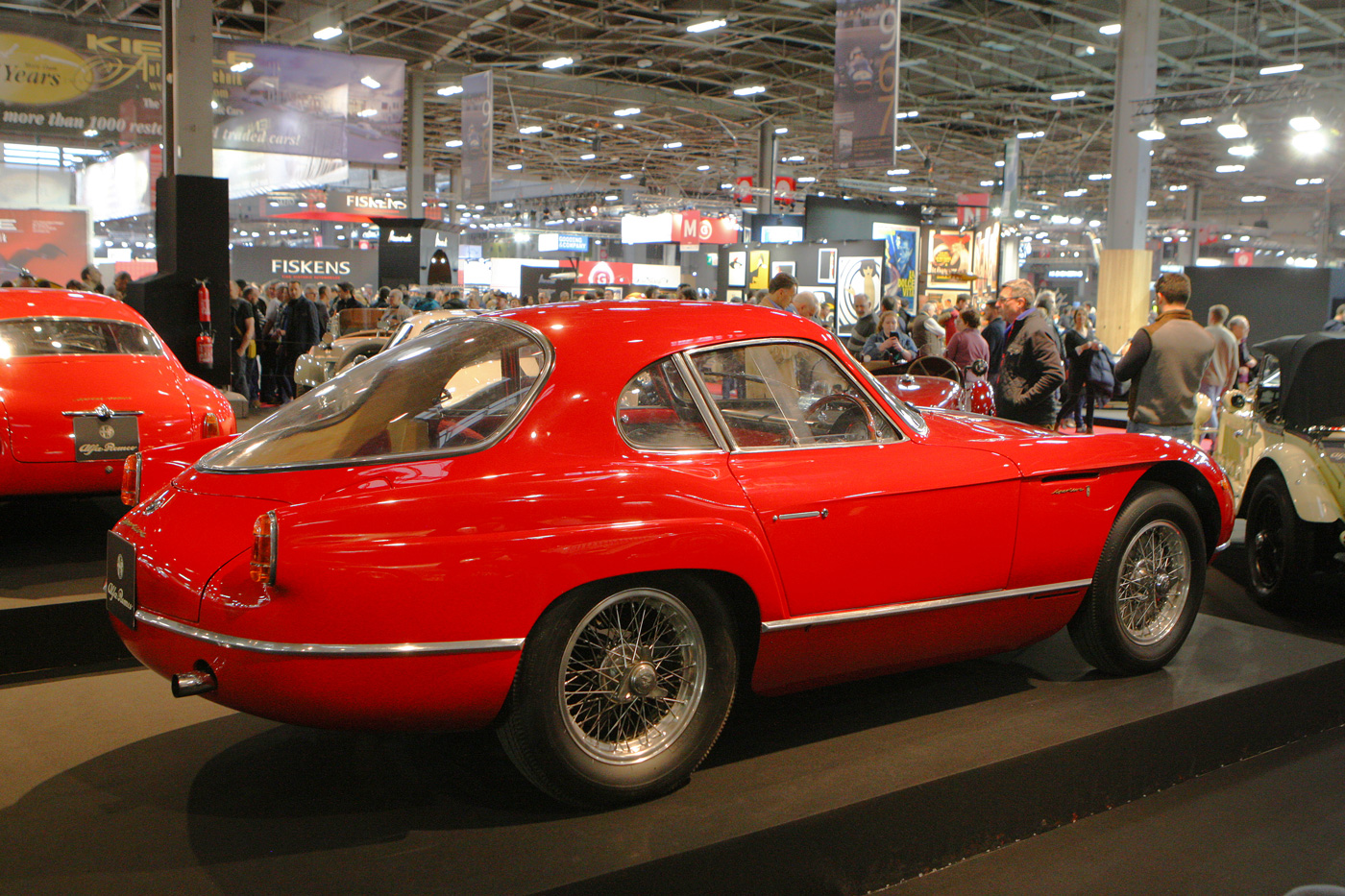
After the war, in addition to the basic 1900, Alfa Romeo had planned a limited series of luxurious high speed cars that could be used on the road and for competition. Orazio Satta Puliga and development head Giuseppe Busso engaged Bertone to design a spider and a Berlinetta to be based on the 1900. Designed by Franco Scaglione, a production run of 100 cars was considered but was abandoned following the launch of the new Giulietta. Ultimately 2 of each type were constructed. This Berlinetta (1954) chassis 00004 is the only Berlinetta in private hands, the other (chassis 00003 finished in silver) resides in the Alfa Romeo museum.

This 1957 Alfa Romeo Giulietta Sprint Veloce Zagato (SVZ) chassis AR1493.FO4657 is one of the rare early versions of the SVZ, of which only 18 examples were constructed.
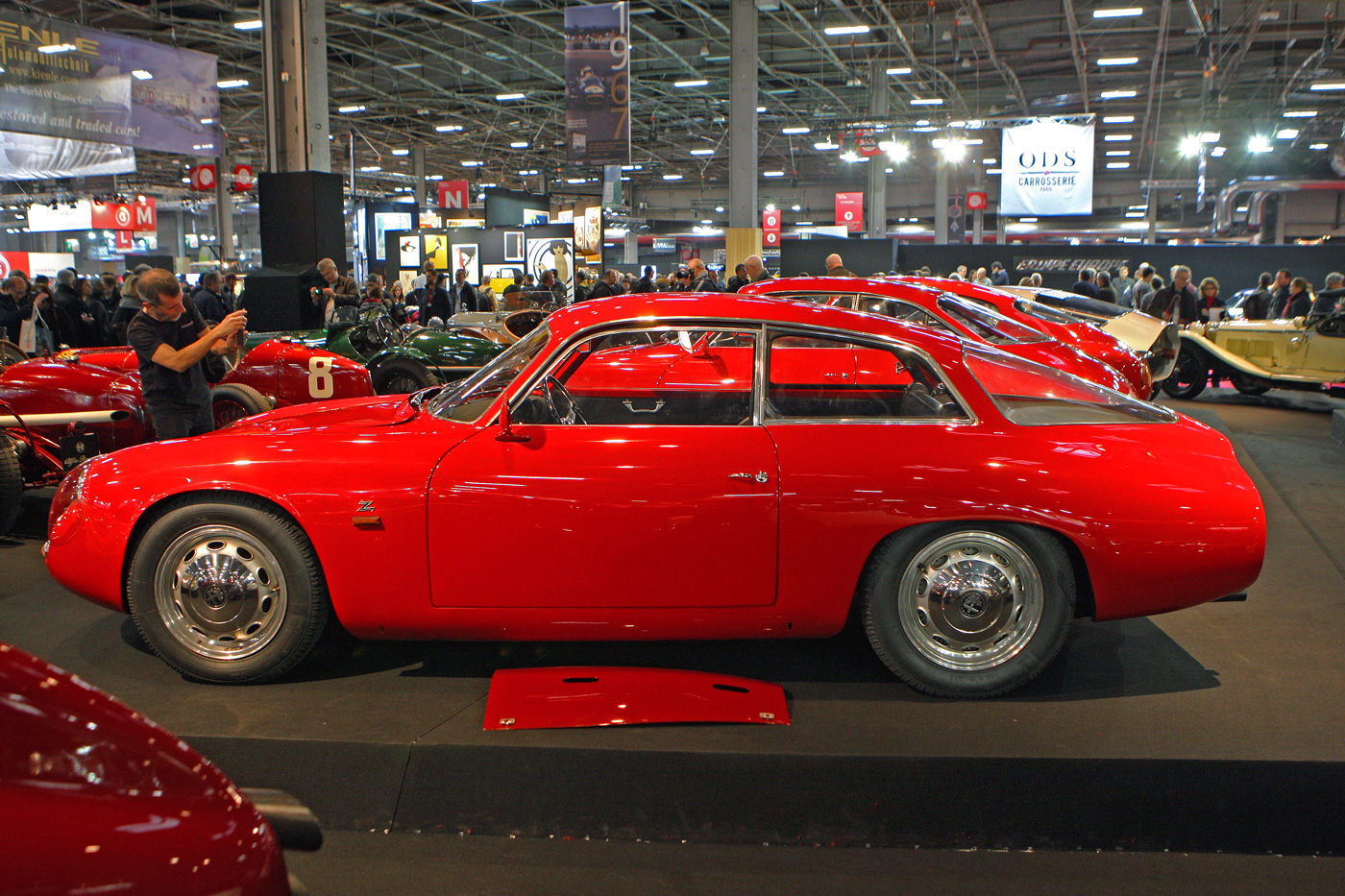
This 1962 Alfa Romeo Giulietta Sprint Zagato Coda Tronca is one of approximately 30 examples to feature the squared off rear end treatment. It has been a Swiss resident for all of its life
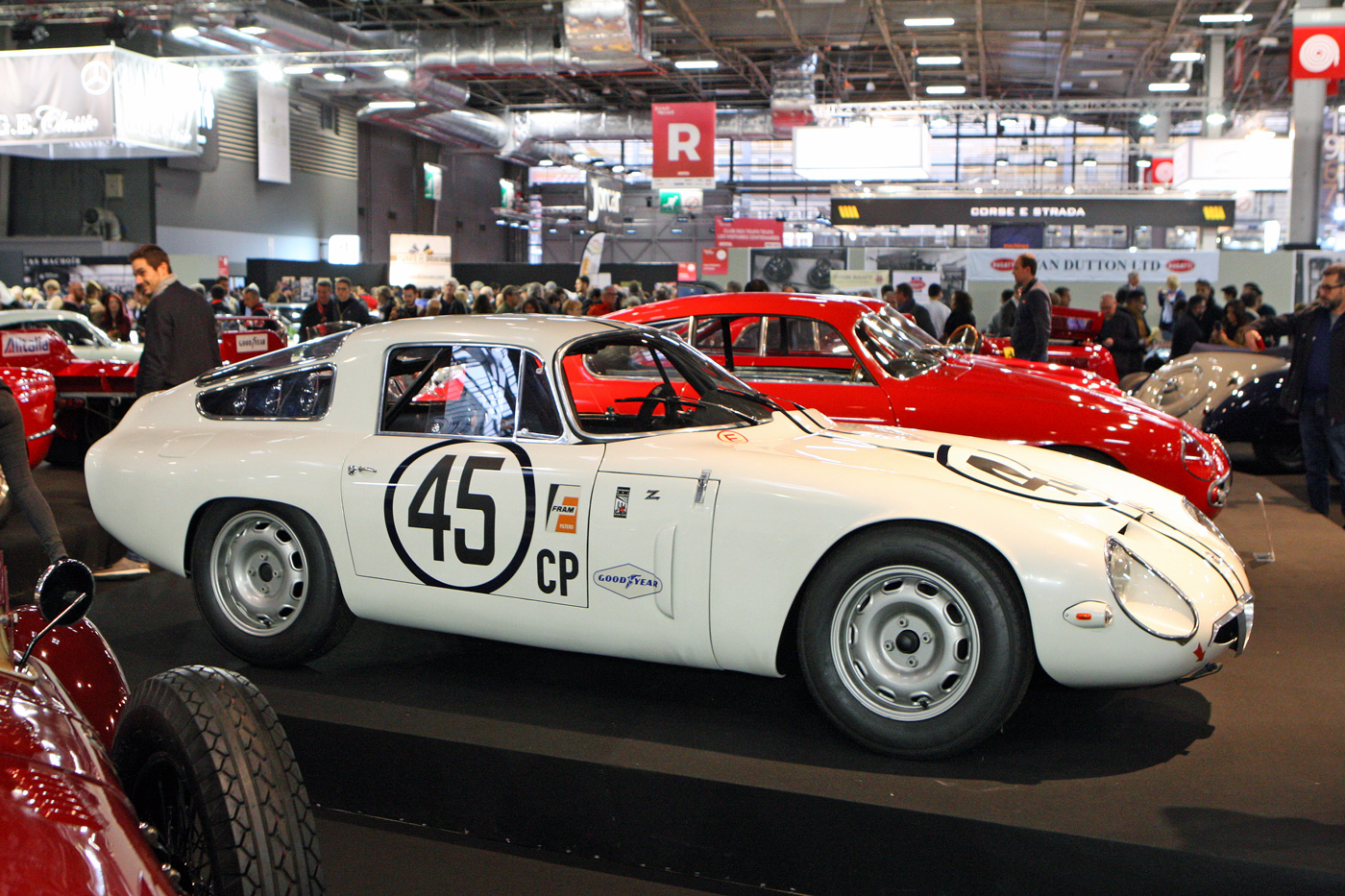
Alfa Romeo Giulia TZ chassis number 105.11.AR75003 left the factory in July 1964 being dispatched directly to Conrero for various upgrades including GTO style cooling slots in the bonnet, cooling louvers in the Plexiglas windows, an oil cooler and larger oil sump. Originally ordered by Marchese Filippo Theodoli, the Italian Greek American New York based enthusiast, with the intention of entering in various races across the USA, the car had many successes during the 1964 and 1965 racing season before being put into storage until 1980. Once rediscovered, it was sold to Mexican collector Lorenzo Zambrano with only 4000 kms on the clock. Zambrano only drove the TZ for 500 kms before selling it, in 1989, to the Yokato museum in Japan who did not use the TZ at all. Now part of a prominent European collection and once more resplendent in its original specification of white with black racing stripes.

This 1972 Alfa Romeo T33 3 chassis AR11572.10, an official Autodelta team car, was the last works car entered in the 24 hours of Le Mans. Entered in long tail, low drag form, and driven by Andrea de Adamich and Nino Vaccarella, the T33 endured a torrid 24 hours, having to visit the pit lane for many an unscheduled stop before finally crossing the finishing line after 307 laps in an amazing fourth place, behind two Matra MS670s and a Porsche 908/01L.
Alfa Views
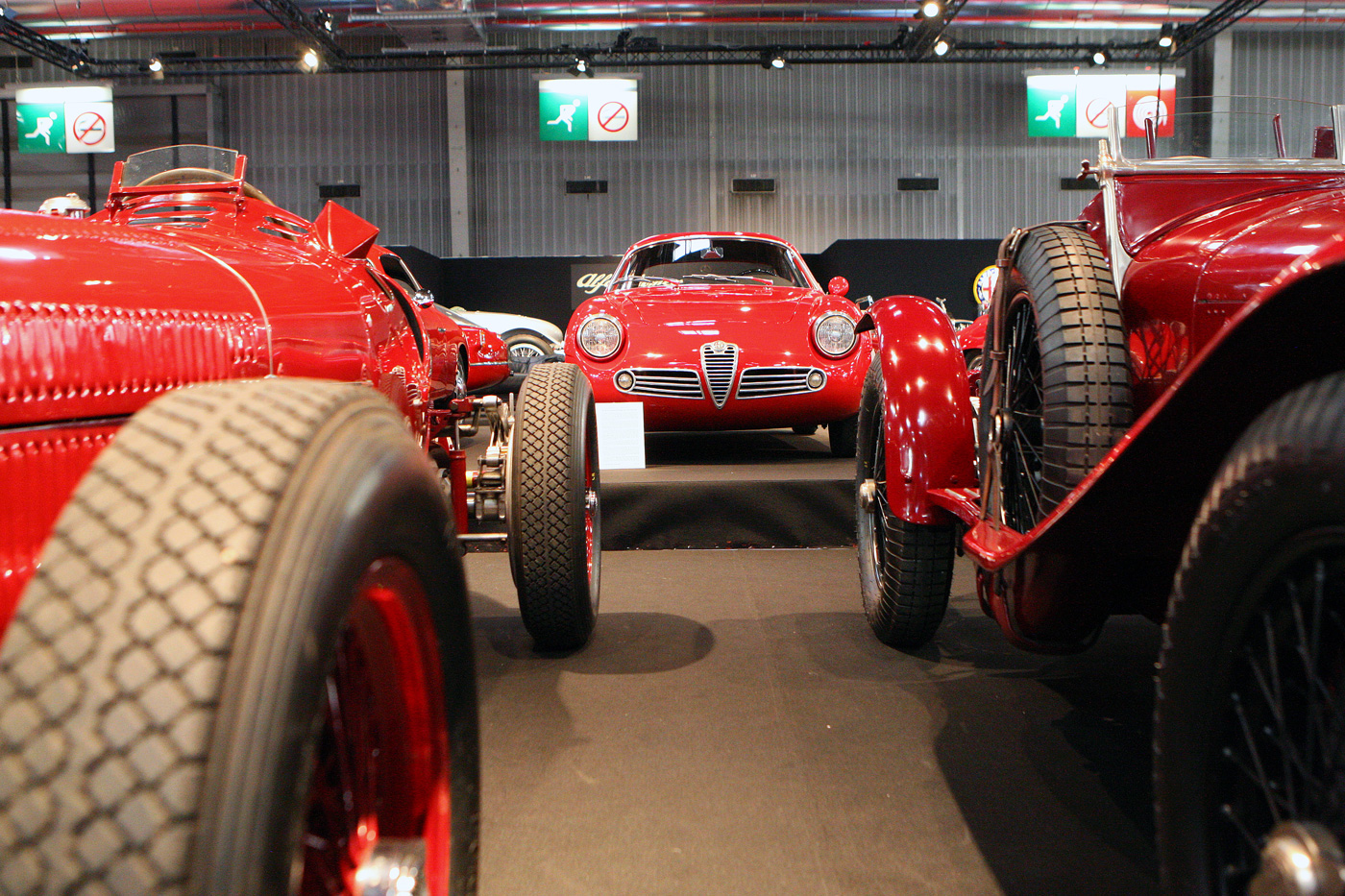
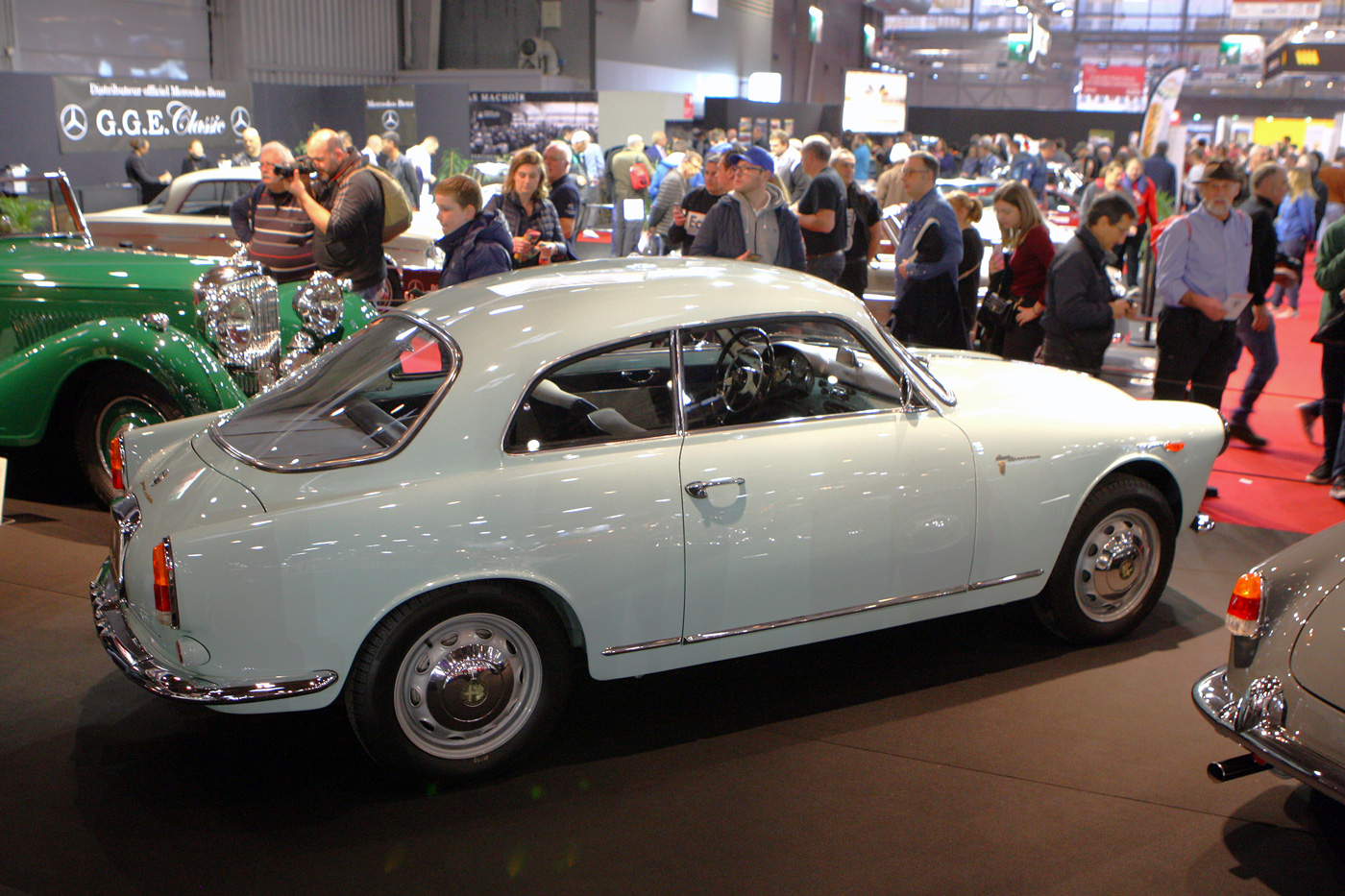
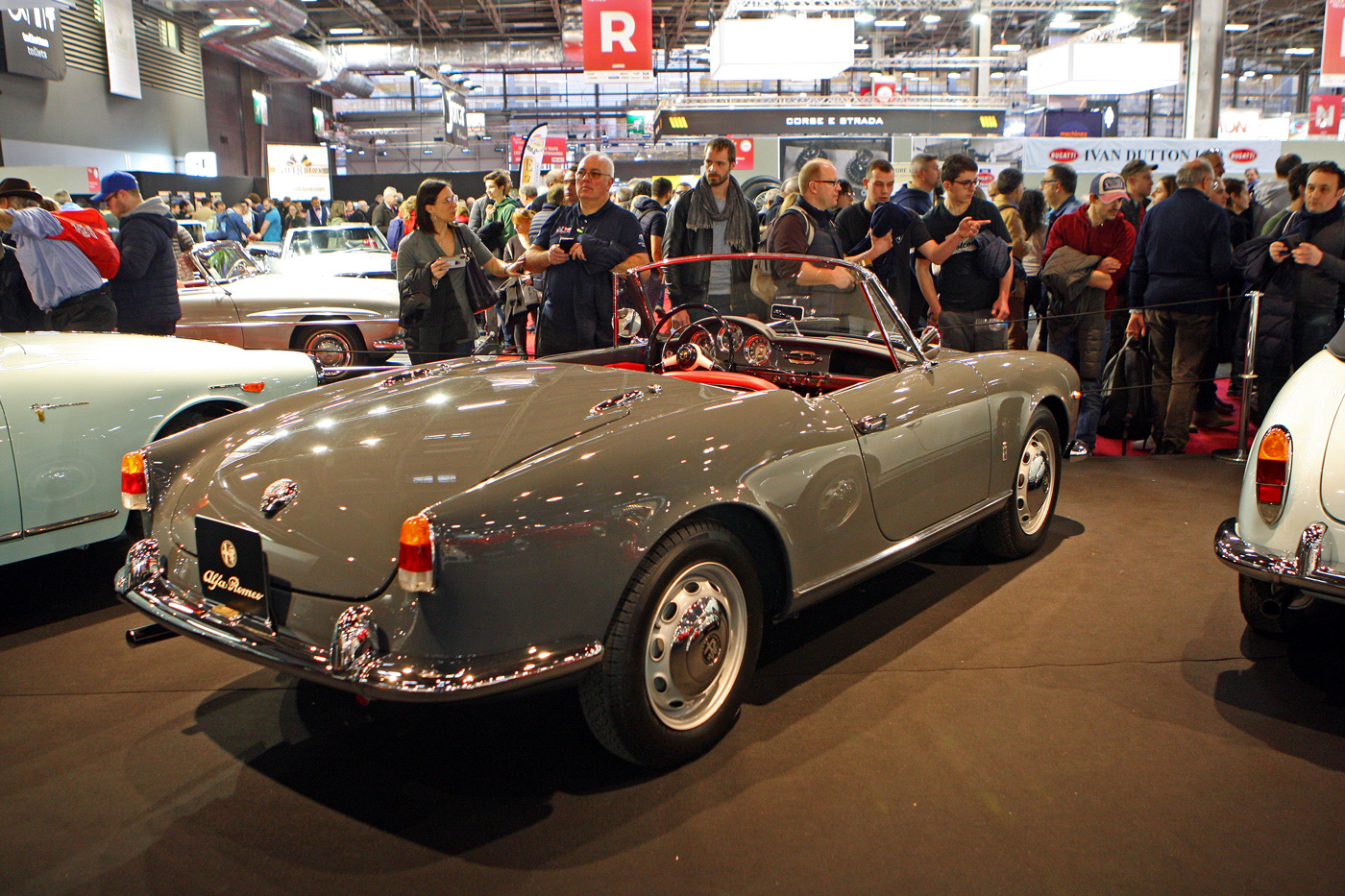
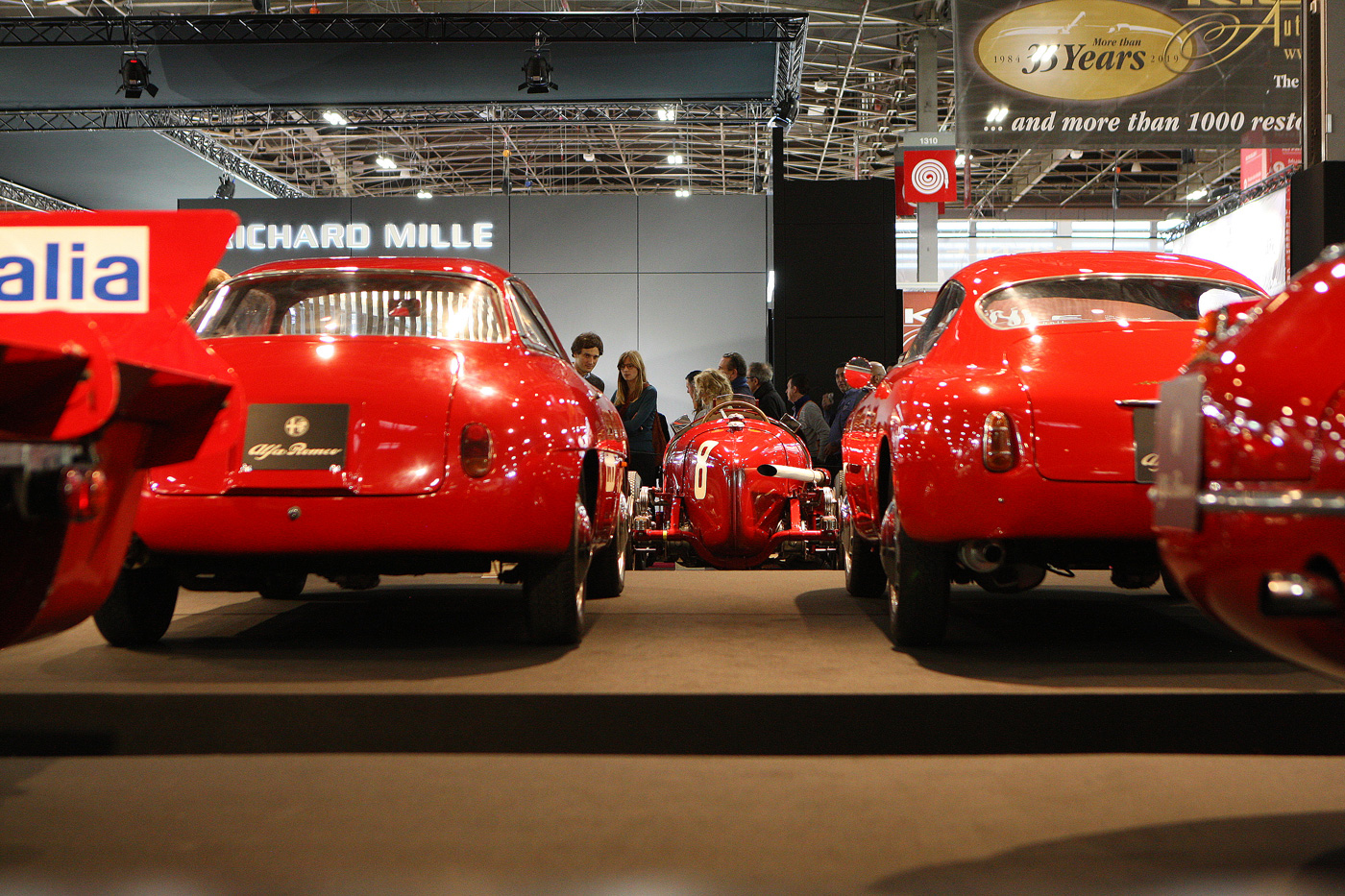
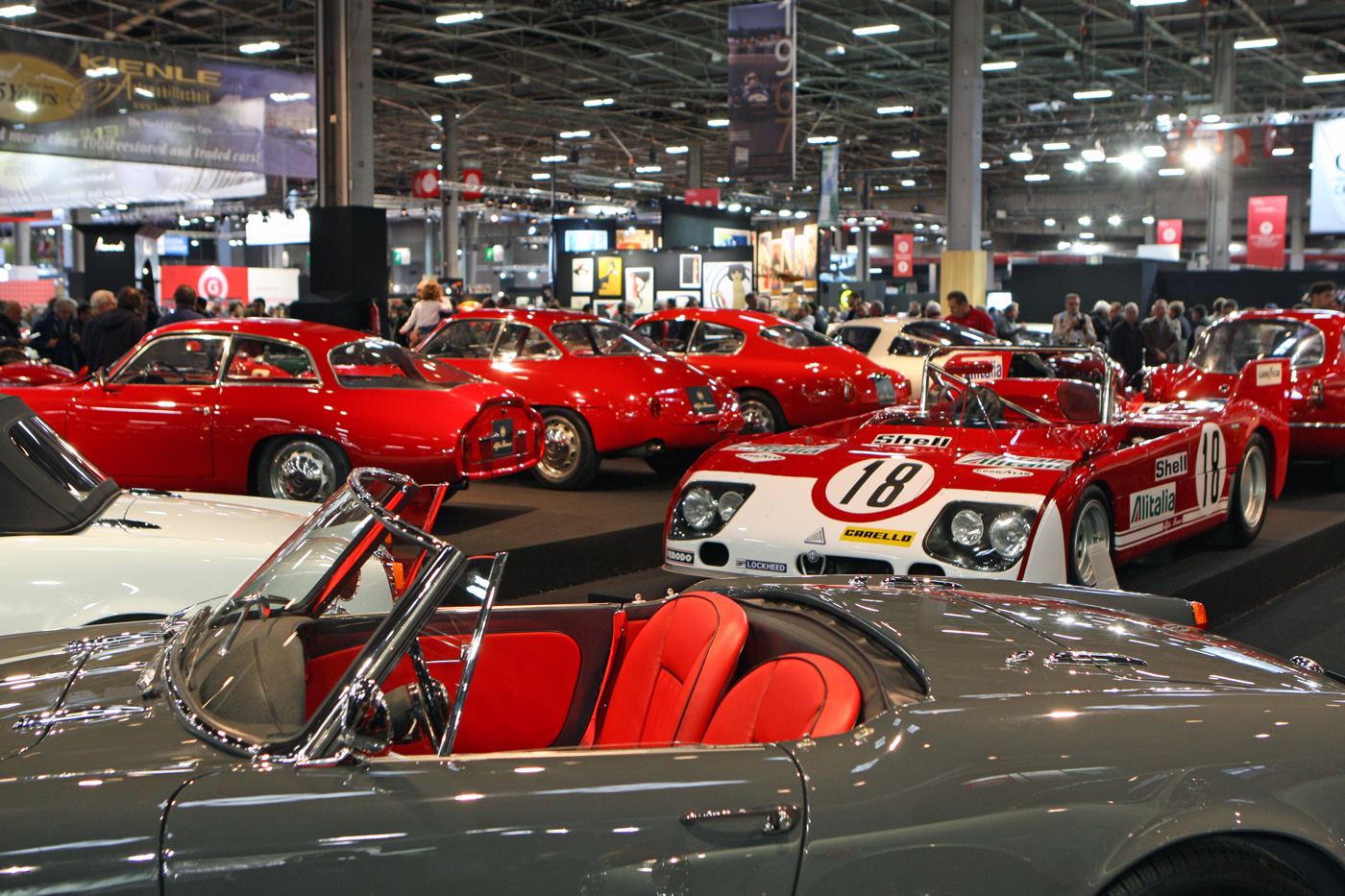
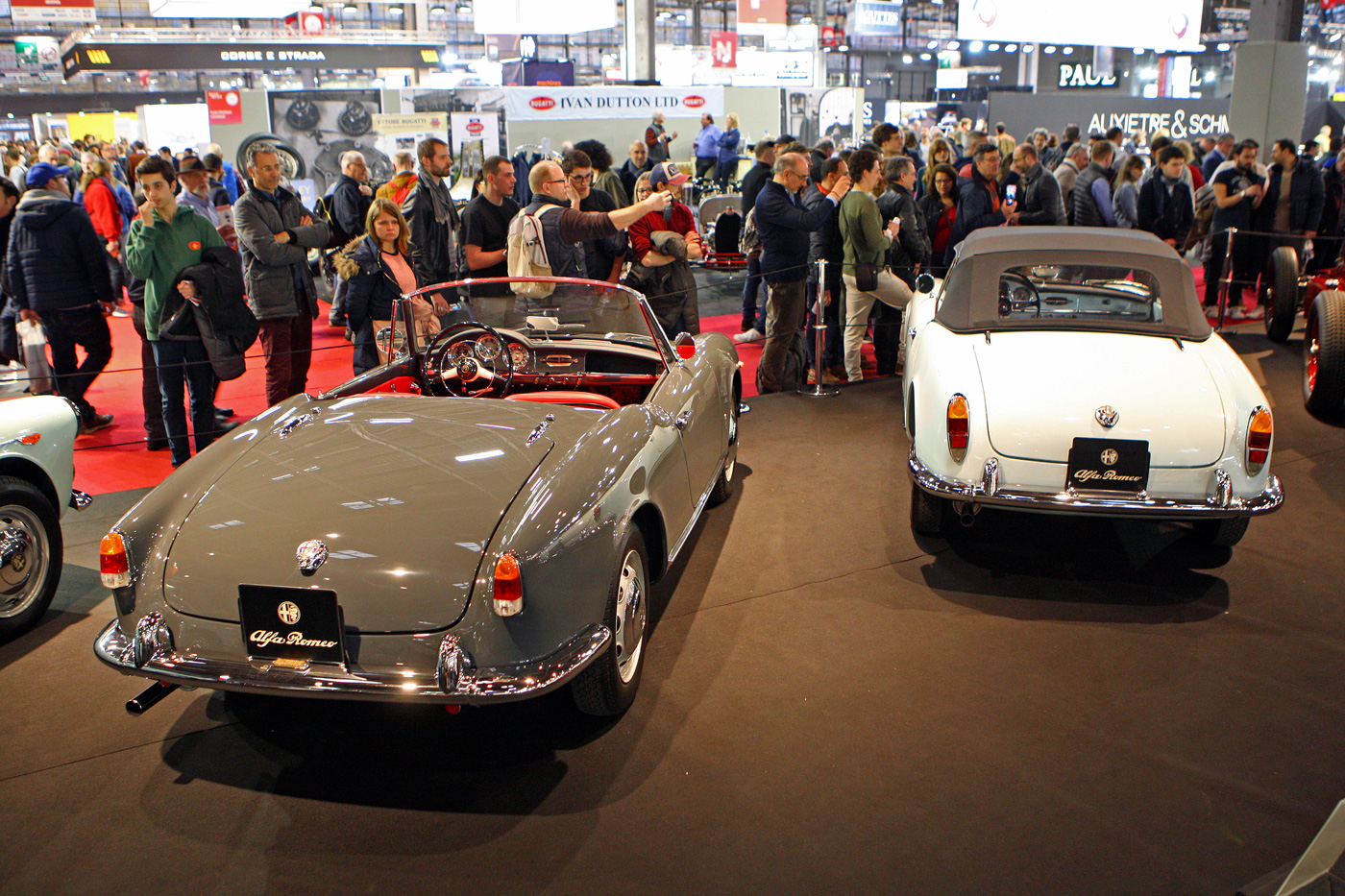
Excelente muestra histórica de
Alfa Romeo, muy completa e informativa para quienes son admiradores de la marca.
Entre los años 1961/1964 participe en 4 Grandes Premios categoría, Standard en Argentina
En tres de ellos con BMW 700 COUPE y en el 4 con LANCIA APRILLIA, admirábamos con envidia a los Giulietta TI introducidos en Argentina por Peppino Vianini.
Gorgeous all around, thanks very much.
What a brilliant range of Alfa Romeo history, thanks for the memory.
As a long time Alfa Romeo fan and almost as long a Alfa Romeo Montreal owner, I am constantly surprised by the lack of recognition the car gets. As the only production V8 built by Alfa Romeo (they built 3925 cars), and with a power plant that came from the Type 33, not to mention that the design was done by Gandini while he worked at Bertone. Among other things, the concept design was made for the 1967 World Expo in Montreal, Canada, as a contribution by Alfa Romeo. It did not have a name and only become a Montreal after people started calling it the “Montreal car…” Today, the car is gaining recognition in the collector car market, but acknowledgement is slow and sparse from FCA and here in the USA by the AROC. One of Alfa Romeo’s best kept secrets…
Karl,
Here are reviews on two good books on the Montreal, hopefully still available. If you input “Montreal” into the search this site box, you’ll find more articles mentioning the Montreal.
https://velocetoday.com/book-review-alfa-montreal-companion/
https://velocetoday.com/montreal-the-dream-car-that-came-true/
Pete